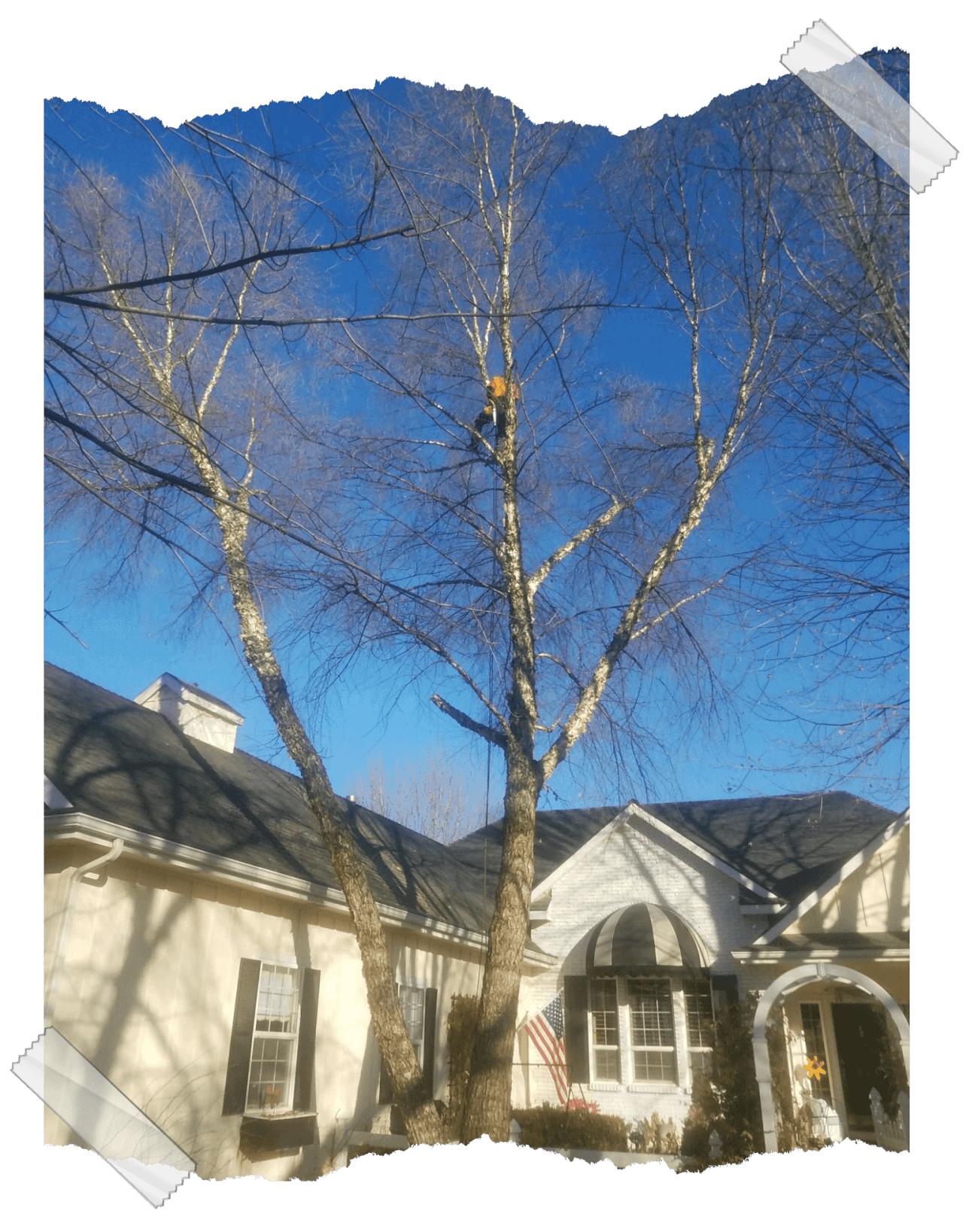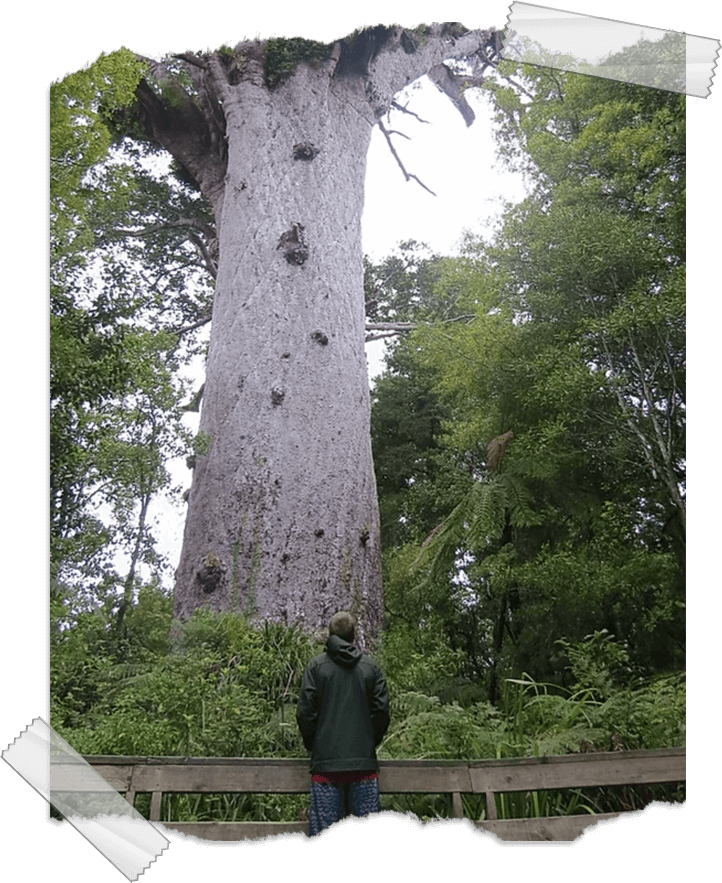General Tree Care Information & Myths
Tree Pruning & Trimming | Plant Health Care | ISA Certified Arborist

Trees of Focus
There are quite a few species of trees that tend to be more susceptible to develop poor structure and should be mitigated to keep the tree as healthy as possible. The best and least invasive way to encourage a strong and healthy tree is to prune when the tree is very young. If you have any of the following trees on your property it would be a great idea to have one of our arborists come out so we can see if they would benefit from structural pruning:
- Autumn blaze maple (Acer × freemanii)
- Flowering pear (Pyrus calleryana or other pyrus varietys)
- Blue atlas cedar (Cedrus atlantica)
- Red maple (Acer rubrum)
- Silver maple (Acer saccharinum)
Common Myths
When it comes to tree trimming and tree pruning, we take a scientific approach and make pruning cuts based on the most current studies and industry standards such as ANSI A300 pruning standards for arboriculture. Our first focus while pruning is to encourage the tree to become strong and healthy. Aesthetics come naturally over time, but we can also take care of pruning for clearance to walkways or yards for mowing, for a view (if possible to do it without sacrificing the health of the tree), or for clearance to a structure or building. Our pruning specifications differ from many other tree services because we actually give a pruning “prescription” as well as an objective, as each tree has its own specific need.
Tree Thinning
Thinning is a pruning practice that removes selected branches throughout the canopy to allow wind to blow through. This used to be the type of pruning that arborists throughout the country would sell as it looks good and sounds like it would be good for the tree. Unfortunately this is simply not the case. In fact, in 2017 ANSI A300 pruning standards were re-written and completely took thinning out of the criteria for tree pruning. This is because the years and years of studies on how trees react to thinning has come back with more negative results than positive. First, when you remove branches in a canopy that were once working together with the rest of the canopy you are now exposing other parts of the canopy to a “direct hit” from the wind and other elements. Also, letting more wind through allows more light through as well. The sun can now damage the bark of the tree through what is known as sunscald. Instead of thinning a tree it is more beneficial to slightly reduce the tips of target limbs which will reduce leverage and allow the tree to withstand the wind.


Tree Raising
Raising is when you lift the lower part of the tree canopy. It is a common concern/request that we remove lower limbs off of trees because the client has been told or believes these limbs need to be removed for the health of the tree. This is simply not true and removing lower limbs of a tree can have major negative effects on the stability of the tree. These low limbs help the tree develop what is called “trunk taper” which is the swelling of the trunk to sustain the rest of the tree. Removing low limbs slows the rate of this swelling while the top of the tree continues to grow at its normal rate. This leaves a trunk that is supporting more weight up top than it should. We understand that sometimes low limbs get in the way for walking, mowing, or view purposes so we recommend reducing these limbs back to proper cuts rather than removing them completely. Taking a little weight off of the ends will normally cause a more than adequate amount of clearance without sacrificing tree health.
Deadwooding
throughout the canopy of the tree. A lot of tree company’s will sell this service with the thought in mind that dead wood is bad for the tree. This is simply a false thought. The insects that eat dead wood don’t tend to be interested in live wood so there is no risk in tree health by leaving the deadwood there. With that being said, the deadwood is like the trees natural band aid that is protecting the live wood from exposure to harmful insects/disease. Going through and removing all dead wood is now causing a lot of open wounds, thus leaving the tree vulnerable. Removing large deadwood of 1.5″ and larger is a great idea because wood that size can do damage if it is to fall loose from the canopy. Sometimes deadwood does look a bit unsightly so our suggestion is to weigh the risk to the reward. If it must be done, you can usually achieve close to the same desired result by just removing the deadwood from the lower 1/3 of the tree canopy.
Tree Wound Sealant
Wound sealant is used to spray on pruning cuts with the thought that it will block out any boring insects and disease. While there are a couple of reasons to use a wound sealant, here in residential areas of Boise, Idaho there are none. This sealant slows down the trees natural ability to close the wound on its own which leaves the tree vulnerable to decay for a lot longer than needed. The only times this sealant can be beneficial is in orchards with hundreds of the same species of trees (mono culture), and in areas where certain diseases are present such as oak wilt (this would be a lac balsam spray, not so much a sealant).
Let's Get Started
For any questions, special requests, or estimates, please contact us today!
Phone
We will get back to you as soon as possible
Please try again later


